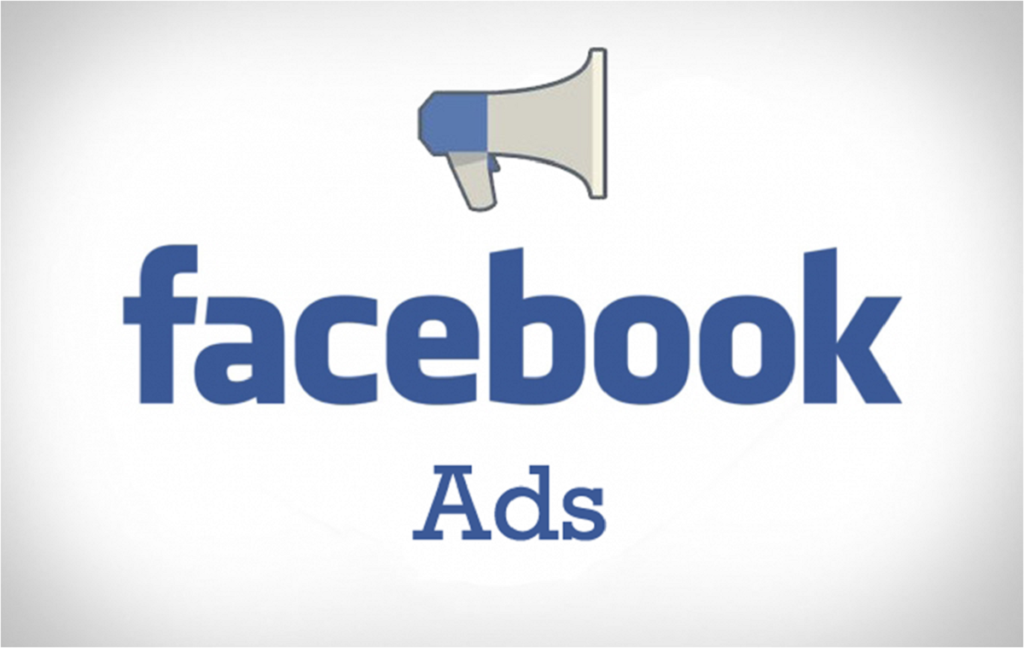When Did Facebook Start Using Ads ?
Facebook Start Using Ads, now known as Meta, is one of the largest social media platforms in the world. While it started as a simple network for college students,
it quickly evolved into a multi-billion-dollar business powered largely by advertising. But when did Facebook start using ads, and how has its advertising model changed over time? Let’s take a closer look.

The Beginning of Facebook Ads (2004-2006)
Facebook Start Using Ads was launched in February 2004 by Mark Zuckerberg and his college friends. In its early days, the platform was exclusively available to Harvard students before expanding to other Ivy League schools and eventually the general public.
Facebook Start Using Ads introduced its first form of advertising later in 2004 through Flyers—small banner ads that targeted students at specific colleges. These ads were primarily used by local businesses and student organizations to promote events, products, and services.
By 2005, Facebook had begun exploring different ways to monetize its growing user base. The company started offering more traditional display ads, similar to those seen on other websites. These early ads were not yet personalized or data-driven, but they laid the foundation for what would soon become one of the most powerful advertising platforms in the world.
The Launch of Facebook Ads (2007)
In 2007, Facebook officially launched its first full-fledged advertising platform, called Facebook Start Using Ads. This marked a major shift from simple banner ads to a more sophisticated advertising system. The key features of this new platform included:
- Business Pages – Allowing brands to create dedicated profiles to interact with users.
- Social Ads – Ads that incorporated social interactions, such as a user liking a brand’s page.
- Beacon (later discontinued) – A controversial feature that tracked users’ activity on partner websites to show relevant ads.
Facebook Start Using Ads allowed businesses to target users based on demographics, interests, and online behavior. This targeted approach set Facebook apart from traditional advertising and gave advertisers a new way to reach potential customers.
The Evolution of Facebook Advertising (2010-2015)
Over the years, Facebook’s advertising platform continued to evolve with new formats and better targeting options. Some major milestones include:
- 2011: Sponsored Stories – These ads appeared directly in users’ News Feeds, making them feel more natural and engaging.
- 2012: Mobile Ads – As more users accessed Facebook on smartphones, the platform introduced mobile-optimized ads.
- 2013: Video Ads – Facebook launched video advertising, allowing brands to share engaging video content.
- 2014: Custom Audiences – Advertisers could now upload email lists to target specific users with personalized ads.
- 2015: Instagram Ads – After acquiring Instagram, Facebook extended its advertising capabilities to the popular photo-sharing app.
During this period, Facebook also improved its ad targeting algorithms, leveraging vast amounts of user data to ensure that people saw relevant ads based on their interests, behaviors, and browsing history.
The Rise of AI-Driven Advertising (2016-Present)
From 2016 onwards, Facebook has increasingly relied on artificial intelligence (AI) and machine learning to optimize its advertising platform. Some notable advancements include:
- 2016: Messenger Ads – Businesses could now send sponsored messages to users.
- 2017: Facebook Pixel – A tool that helps advertisers track website visitors and retarget them with ads.
- 2018: AI-Powered Ad Targeting – Facebook started using AI to predict which users were more likely to engage with specific ads.
- 2020: Shops and E-commerce Ads – Facebook introduced Facebook Shops, allowing businesses to sell directly on the platform.
- 2023: Privacy-Focused Advertising – With new privacy regulations and Apple’s iOS 14 changes, Facebook had to adapt by offering more privacy-conscious ad targeting options.

The Impact of Facebook Advertising
Facebook’s advertising model has transformed digital marketing by providing highly targeted and cost-effective advertising solutions. It has allowed businesses of all sizes to reach their ideal audience with precision. However, Facebook has also faced criticism for its data collection practices, privacy concerns, and the spread of misinformation through ads.
Despite these challenges, Facebook (now Meta) continues to be a dominant force in online advertising, generating billions in revenue each year. The platform constantly evolves to balance business interests with user privacy and regulatory requirements.
Conclusion
Facebook Start Using Ads started using ads in 2004 with simple Flyers targeted at college students. By 2007, it had launched Facebook Ads, introducing targeted advertising to businesses. Over the years, the platform has expanded its ad offerings, incorporating AI-driven targeting, video ads, and e-commerce features. Today, Facebook remains one of the most influential advertising platforms in the digital world, shaping the way brands connect with their audiences online.
As technology and user privacy concerns continue to evolve, so too will Facebook’s advertising strategies. But one thing is certain—advertising will always be a core part of Facebook’s business model.
